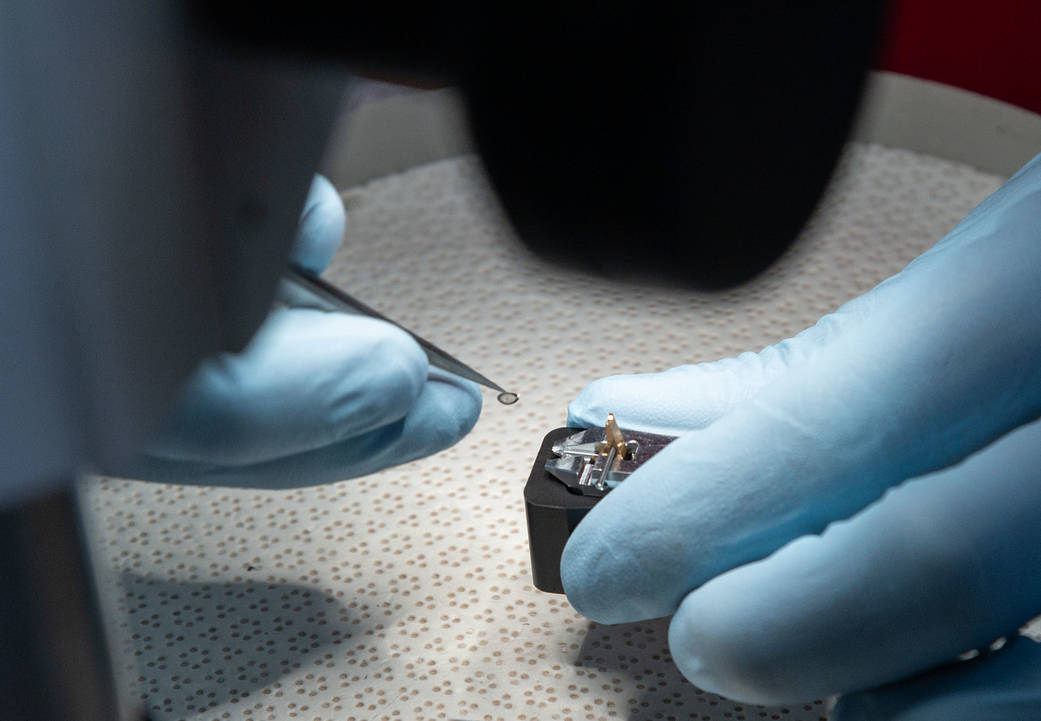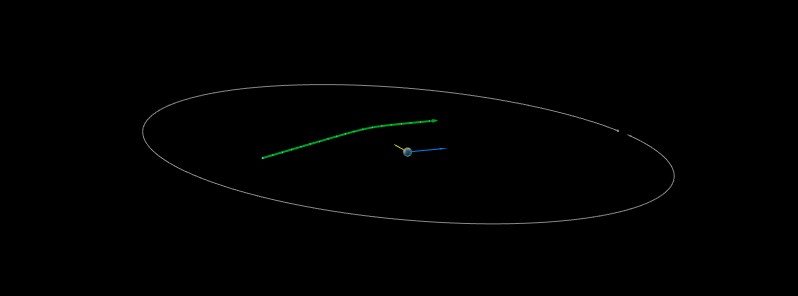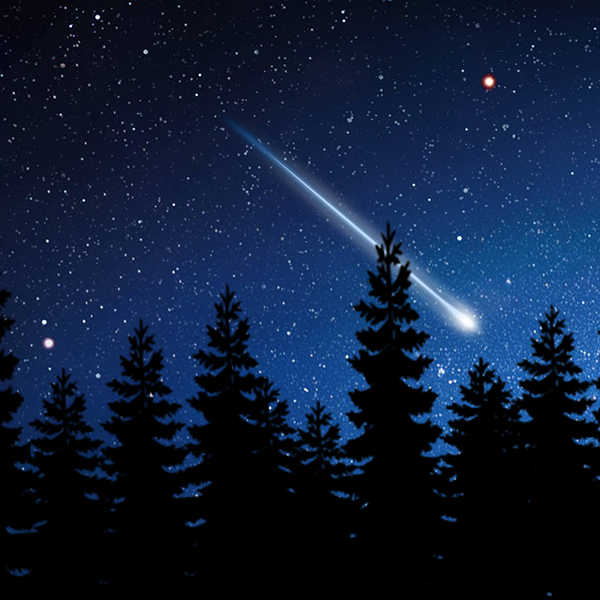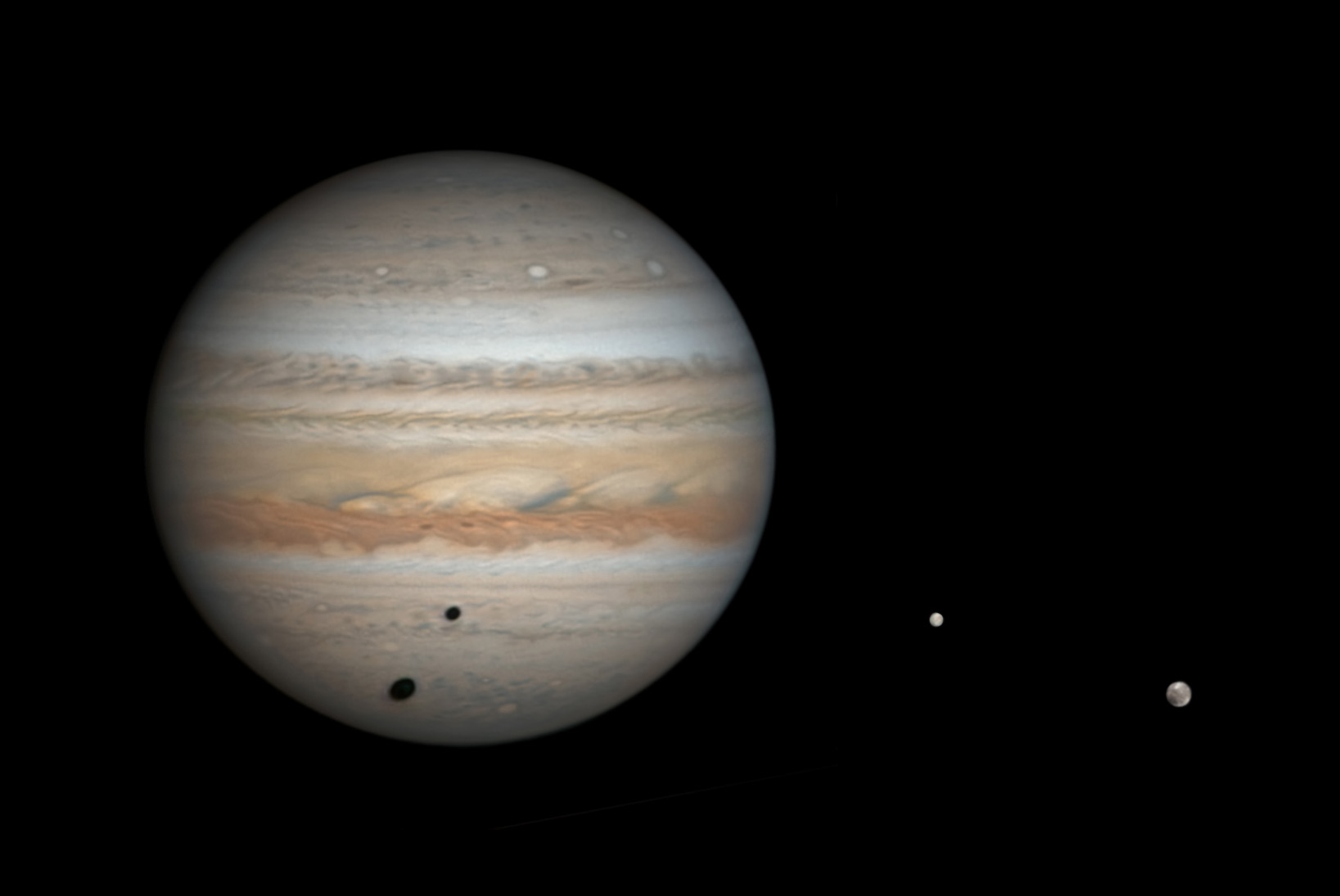The strike created the 125-mile-wide Chicxulub crater, unleashing climate-changing gases into the atmosphere, ultimately killing off three quarters of life on the planet.
The researchers looked at a total of 1,600 dinosaur fossils representing 247 dinosaur species to assess species diversity and extinction rates for six dinosaur families.
“We looked at the six most abundant dinosaur families through the whole of the Cretaceous (period), spanning from 150 to 66 million years ago, and found that they were all evolving and expanding and clearly being successful,” said study lead author, Fabien Condamine, a researcher from the Institut des Sciences de l’Evolution de Montpellier in France in a news release.
“Then, 76 million years ago, they show a sudden downturn. Their rates of extinction rose and in some cases, the rate of origin of new species dropped off.”
The authors of the study that published Tuesday in the journal Nature Communications said that global climate cooling during the Late Cretaceous period (100 to 66 million years ago) may have contributed to the decline of non-avian dinosaurs. (Avian or bird-like dinosaurs survived the asteroid strike and evolved into the birds we see today).
They also said that particularly successful families of dinosaurs like hadrosaurs may have outcompeted other herbivores, leading to a decline in diversity of those dinosaurs.
The researchers used computer modeling techniques that accounted for uncertainties including incomplete fossil records to converge on the most probable result.
“In the analyses, we explored different kinds of possible causes of the dinosaur decline,” said Mike Benton, another co-author of the study and a professor from the University of Bristol’s School of Earth Sciences.
“It became clear that there were two main factors, first that overall climates were becoming cooler, and this made life harder for the dinosaurs which likely relied on warm temperatures.”Then, the loss of herbivores made the ecosystems unstable and prone to extinction cascade.
We also found that the longer-lived dinosaur species were more liable to extinction, perhaps reflecting that they could not adapt to the new conditions on Earth,” Benton said in a news releaseTheir research contradicts other recent studies, using alternative methods, that have laid the blame for dinosaur extinction
solely on the asteroid and found that there’s no strong evidence that dinosaurs were in decline before the asteroid hit — that in fact they may have
continued to thrive.
Alfio Alessandro Chiarenza, a paleontologist and postdoctoral Researcher at the University of Vigo in Spain, who was not involved in the study, said that the authors had assigned too much importance to the cooling trend toward the end of the Cretaceous period. He said that dinosaurs had weathered similar climate fluctuations throughout the 165 million years they roamed the Earth.
Joseph Bonsor, a doctoral candidate at the University of Bath, who was an author of
a study that found that dinosaurs weren’t on the way out before the asteroid hit, said the ultimate limiting factor in this type of work is the patchy nature of the fossil record — the study predominantly relied on North American fossils.
“There are huge biases in the fossil record due to a number of factors (mainly geographical and economical, but also more personal biases like palaeontologists focusing on looking for one species for example, like Tyrannosaurus),” he said via email.
“The fact that multiple groups of scientists working on the exact same question at the same time can come up with completely opposite results further enforces this, that there is a great need for further data collection, i.e. digging up more dinosaurs and finding out where they lived and how successful they truly were,” he added.
The-CNN-Wire™ & © 2021 Cable News Network, Inc., a WarnerMedia Company. All rights reserved.





